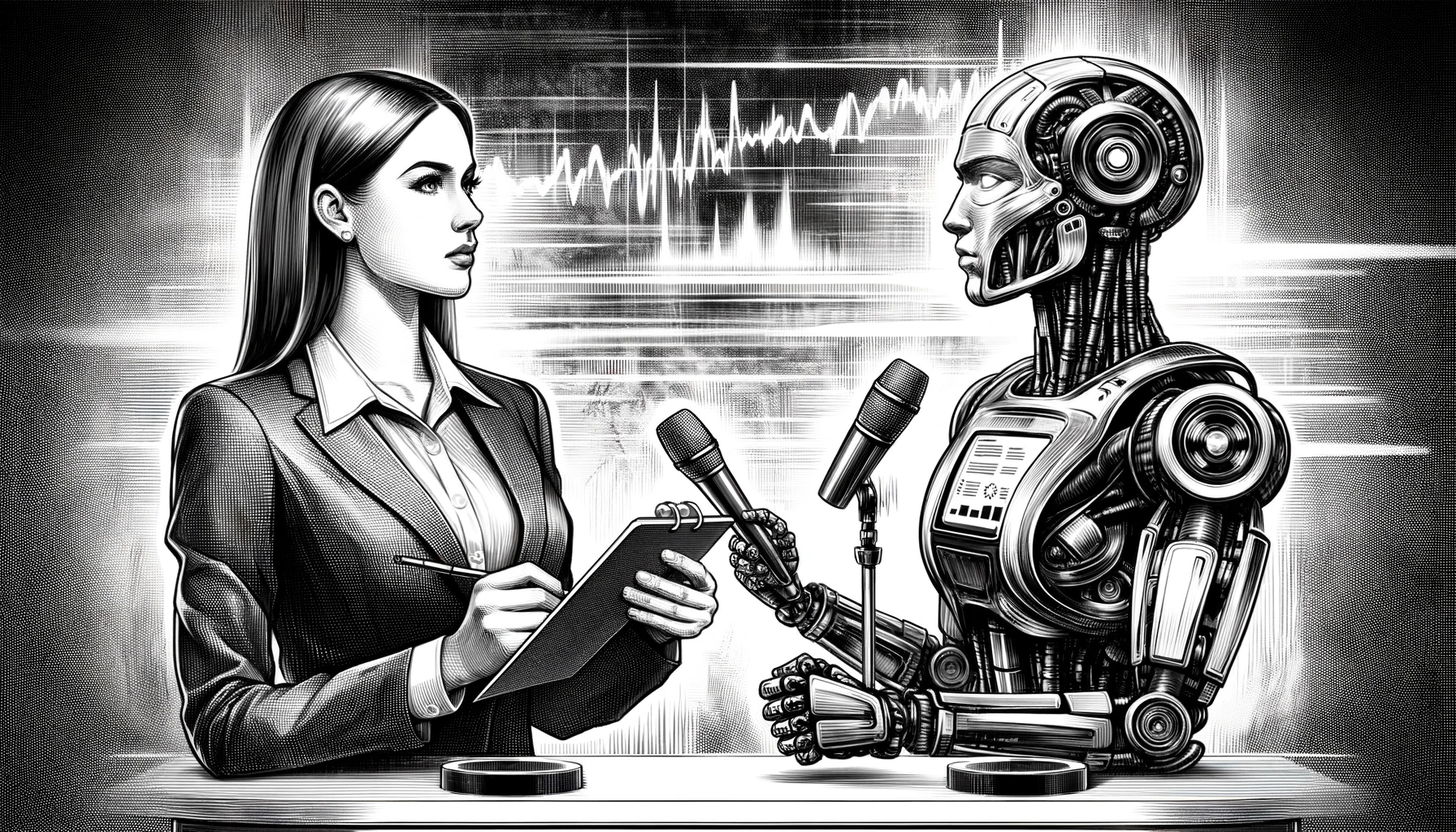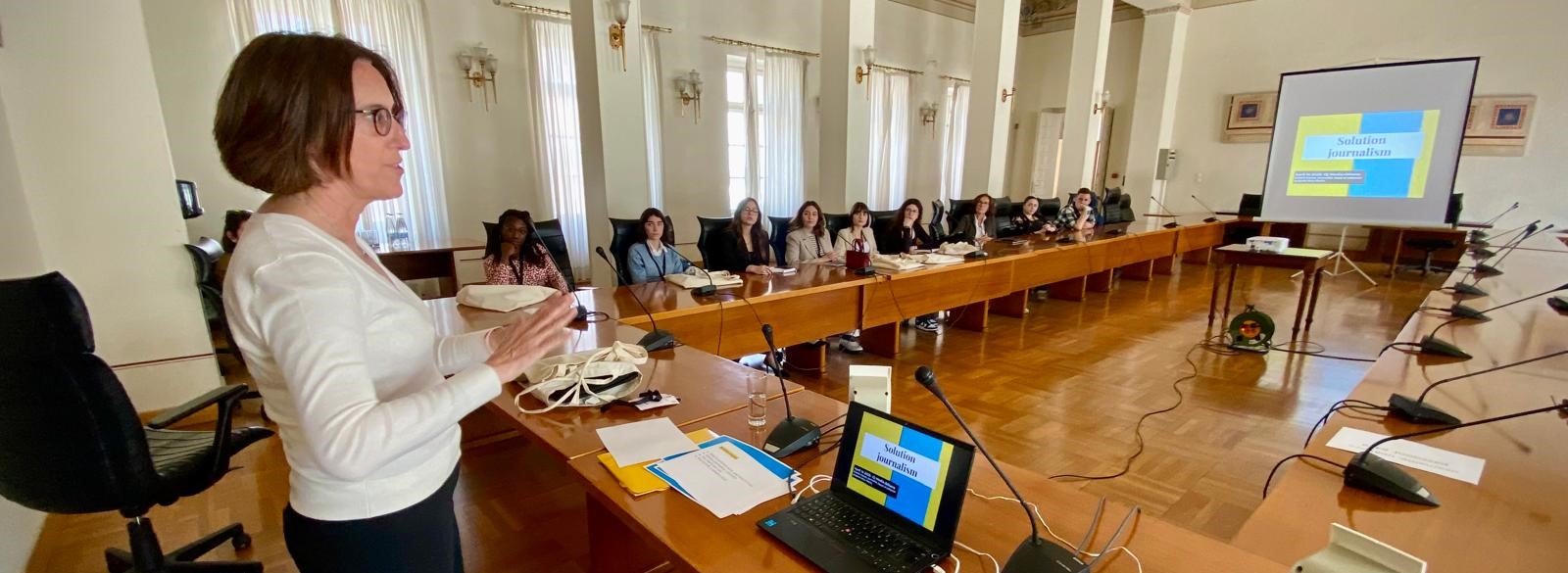
AI and scientists, the key dual ally of digital journalists?
by Christos Gavalas, Journalist & Fact – Checking Manager at ATC
Journalists are increasingly talking more and more about the impact of Artificial Intelligence on their everyday workflows. Questions that revolve around a lot are linked with how they envision the future of conducting investigations, how could technology potentially speed up redundant and repetitive tasks so they can devote more time to doing their reporting and even how will they go about investigating areas of the world where suppressing regimes remain their toughest opponent? But also what will their relationship with the big tech look like soon?
These questions are at the core of the profession’s mission as time goes on and technology advances, with journalists being creative and smart, trying now to figure out what tools are going to be valuable additions and which techniques will save them time. AI of course has been stealing the show being the issue that most of them ask about when it comes to innovation:
it has become apparent that it will have a significant impact on journalism in the years to come, both as a threat and as an ally.
A lot is being said about journalists potentially building their LLMs, as they worry there’s no transparency regarding where the training data comes from. On top of that, there needs to be a way and a collective will for newsrooms to protect their website content from being scraped from LLM models. Right now, fresh journalism content is the ‘enfant gate’ of any training model, content that doesn’t get produced easily.
Data journalism is also a field with unstoppable potential to unlock impactful stories for societies. Data journalism, however, is directly linked with AI. Should a newsroom decide to create a data desk and form its own data library, this will in turn help a potential LLM to be fed with truly original content, becoming a key foundation of the AI the newsroom uses. And conversely, an AI tool that could retrieve and analyze data, so that it can then send alerts to journalists about potentially interesting stories, could be a practical and beneficial addition to any newsroom, smaller or larger.
Beyond that, specific techniques are also being discussed to facilitate investigations on countries like Russia (AI voice analysis, Facial Recognition AI, Telegram bots), where a large chunk of disinformation is published. Fake social media accounts, AI-generated images and video and concerted disinformation campaigns are tactics bad actors use to attract engagement, achieve financial gain, and inflict harm in societies.
Journalists refuse to take a back seat in this battle.
On another note, digital and investigative journalists, as much as they rightfully deserve to
have the leading role in carrying out their work any way they feel appropriate, will have to think a little bit more out of the box when it comes to collaborating with scientists, as this might make the difference between a great job and an impeccable one. Scientists can develop solid methodologies, but most importantly they have time to run experiments at the same time when journalists are tangled up with so many little tasks. The right type of collaboration where journalists will acknowledge scientific contributions can lead to groundbreaking discoveries and it’s now clear that many digital reporters have embraced this necessity as a direct path of moving forward by integrating new technologies.
Lastly, collaborating with others is considered not just an option, but rather a necessity, in view of today’s threats. Teamwork makes the dream work, after all, but for investigative journalism this emerges also as a solution to better approach the truth and come up with the needed evidence.

